Would you like to build a vegan home? Then you might be surprised to find out how many building materials aren’t vegan!
Most mainstream building materials aren’t vegan: they either directly or indirectly harm animals (e.g. through deforestation). For instance, bricks may contain animal blood or fat and even steel is often made by using animal fats. There are however innovative vegan building materials appearing on the market.
Read on to discover which building materials aren’t vegan and which are, as well as what to do if you want to create a vegan home.

(*Note: this blog post contains affiliate links to products I genuinely like. If you click a button, or a link marked with an asterisk and make a purchase, I may earn a commission at no cost to you. Thank you for supporting my work!)
Which building materials aren’t vegan?
We already know that the construction industry is unsustainable, using a lot of energy and generating vast amounts of waste. But what people don’t often consider is the direct and indirect damage to animals and their habitats.
| Material | Direct / indirect effect on animals | Is it vegan? |
|---|---|---|
| Bamboo | Impacts on the environment it’s harvested from | Probably (depending on your definition of veganism) |
| Brick | Often contains animal blood or fat | Probably not |
| Carpet | Often contains wool, but other materials are available | Sometimes |
| Concrete | Is made of limestone, which is often mined from caves which are habitats for bats | Probably (depending on your definition of veganism) |
| Plasterboard | Made with stearic acid and oleic acid, often from animal sources | Probably not |
| Steel | Often employs beef tallow and gelatine in its production | Probably not |
| Wall paints / varnishes | Can contain casein (a milk protein), beeswax, bone derivatives, or dyes such as cochineal (“derived” from insects) | Probably not, but see below for vegan-friendly options |
| Wood | Is often treated with ox blood and animal glues, but not always + can be unsustainably harvested | Hard to tell without contacting supplier |
Deborah DiMare, founder of VeganDesign.org, states that it is impossible to ethically produce anything animal-based in mass quantities. So what to do when most conventional building materials aren’t vegan? One answer is looking at new vegan building materials appearing on the market.
Sustainable vegan building materials
Vegan designer Deborah Rosenberg says:
“The place where we live should do three things: reflect who we are, bring out the best in us, and contribute to a better world.”
One way to accomplish that is to incorporate innovative vegan materials into your home. Here’s what to watch out for.
There is currently a trend of “biofabrication“, which involves experimenting with nature and chemistry to create something new. I like to see it as going back to nature, but with all the comforts of the 21st century!
One example of this is mushroom-based insulation panels by Ehab Sayed’s company, BIOHM:
“His products are so environmentally friendly that if just 150 buildings were constructed using them each year in the UK, it would reduce the nation’s energy consumption by 300 million kilowatt hours and divert 10 million tonnes of waste from landfill, valued at £35 million and £5 billion respectively.”
Building products
In the flooring arena, there are a few vegan alternatives to the non-vegan mainstream options. For example, instead of a wool carpet, you could opt for a carpet made of recycled materials or of seagrass:
I could definitely see this in our home, possibly in the porch!
Other flooring options that are vegan include bamboo, stone, recycled glass tiles and cork. The first flooring company to register with the Vegan Society was indeed The Bamboo Flooring Company.
“We were really keen to carry the Vegan Trademark as we know how important it can be to some of our customers who are actively looking for vegan and eco-friendly options. As we already have a sustainable flooring product, we felt it was important we should explore other ways that bamboo flooring can help the planet. Knowing that all of our floors, including the adhesives, stains and lacquers used in production, are completely free of animal products or testing really is amazing. We’re so proud to be the first company in the world to be able to offer that option to both vegans and non-vegans alike.”
Chris Elliott, Director at The Bamboo Flooring Company
Sometimes it’s worth going back to nature and thinking about recycling what we already have!
So how can we create a vegan home?
If you’ve read all of the above and you’re feeling a bit guilty about what is in your home, don’t worry. You’re in good company, as the majority of vegans don’t know about the non-vegan materials lurking in their homes.
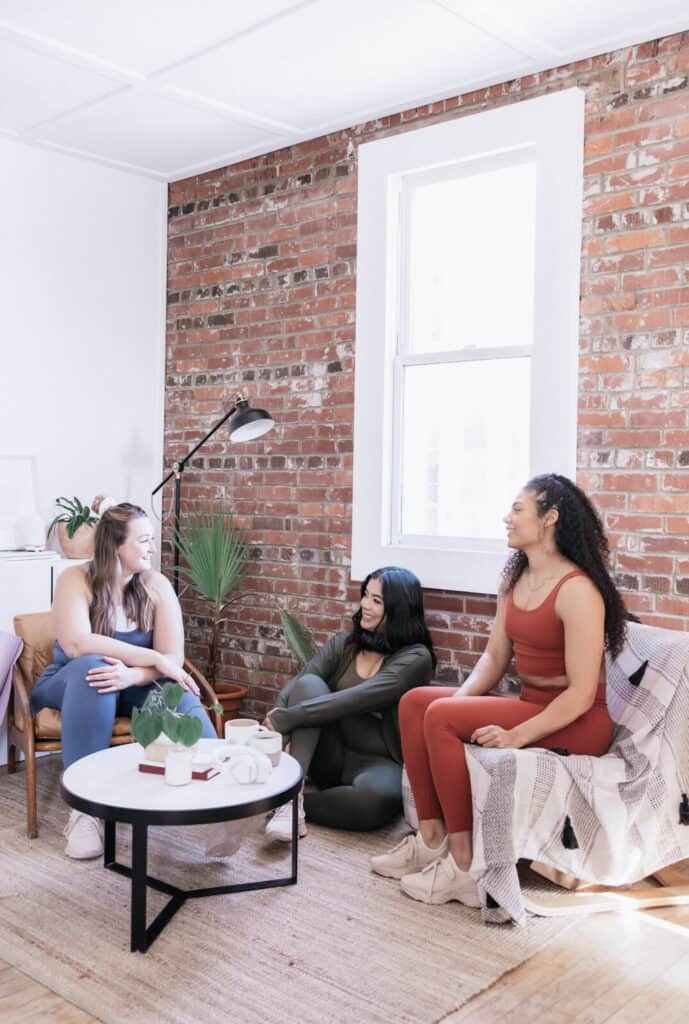
Just the fact that this project is being labelled “the world’s first vegan hotel suite” is a sign that we’re still very much at the beginning of the trend of using vegan building materials.
If you’re committed to a cruelty-free home and you’ve got a decent budget, you could hire a vegan interior designer, like Deborah DiMare from VeganDesign.org:
But for many of us, it might be time to go back to the definition of veganism and simply focus on doing our best, rather than achieving a 100% vegan home:
“Veganism is a philosophy and way of living which seeks to exclude—as far as is possible and practicable—all forms of exploitation of, and cruelty to, animals for food, clothing or any other purpose; and by extension, promotes the development and use of animal-free alternatives for the benefit of animals, humans and the environment. In dietary terms it denotes the practice of dispensing with all products derived wholly or partly from animals.”
The Vegan Society (bolding by me)
Based on what I shared above, it’s difficult to have a home that is “perfectly” vegan, so instead we could choose to accept what we already have and see if there are vegan options when moving forward. Sometimes there won’t be, and that could be when upcycled materials come into play for example.
Baby steps towards more vegan building materials
We can start taking small steps towards making vegan building materials more mainstream.
The onus is currently on consumer to figure out what is vegan and what isn’t. But if people start regularly contacting brands to ask them if their products are vegan, they might soon realise there’s a market for vegan-friendly alternatives.
Brands will then take notice and either start making more vegan products or accurately label their existing “accidentally vegan” products. This is happening for food, fashion, cosmetics and cleaning products, so there’s hope!
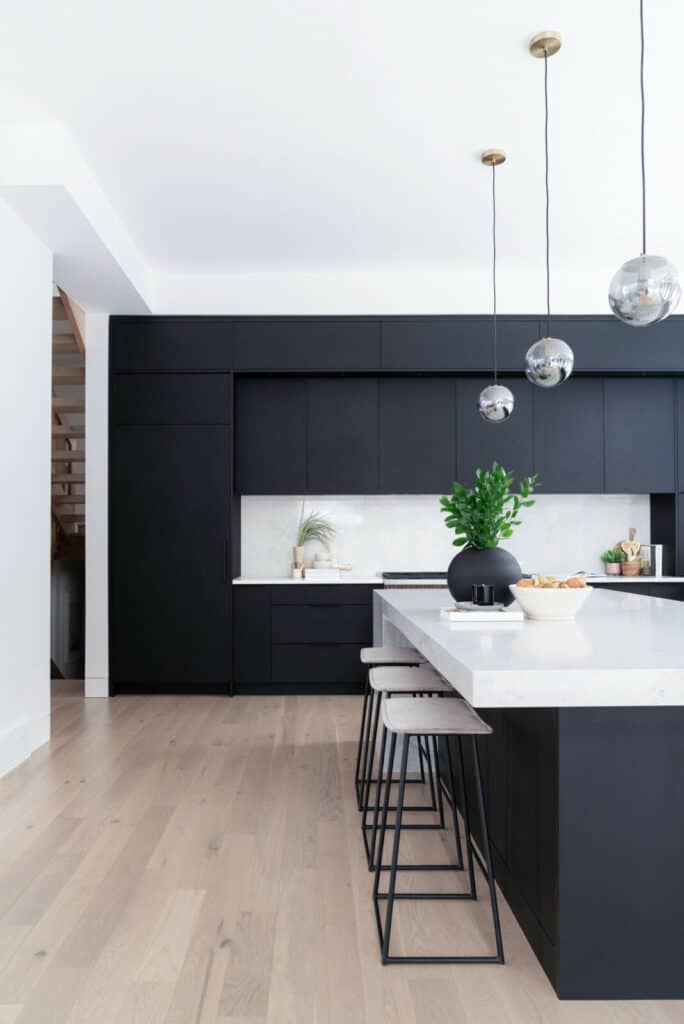
My searches for “vegan” on the websites of large retailers like B&Q* and Homebase* didn’t prove fruitful, but I did get some traction on Etsy when searching for vegan paint:
By the way, if you are about to get involved in a painting project, do make sure to buy synthetic brushes, rather than “natural” ones, which can contain hairs from animals as diverse as ponies and squirrels…
And if creating a vegan home is something you want to learn more about, you can check out Vegan Interior Design* by Aline Dürr, which made it onto PETA’s 2021 Vegan Homeware Awards:
It’s high up on my reading list – once I’ve gone through it, I may well add it to my soon-to-be-updated vegan resources page!
You may also like: The design style combo I’ve chosen for our home renovation.
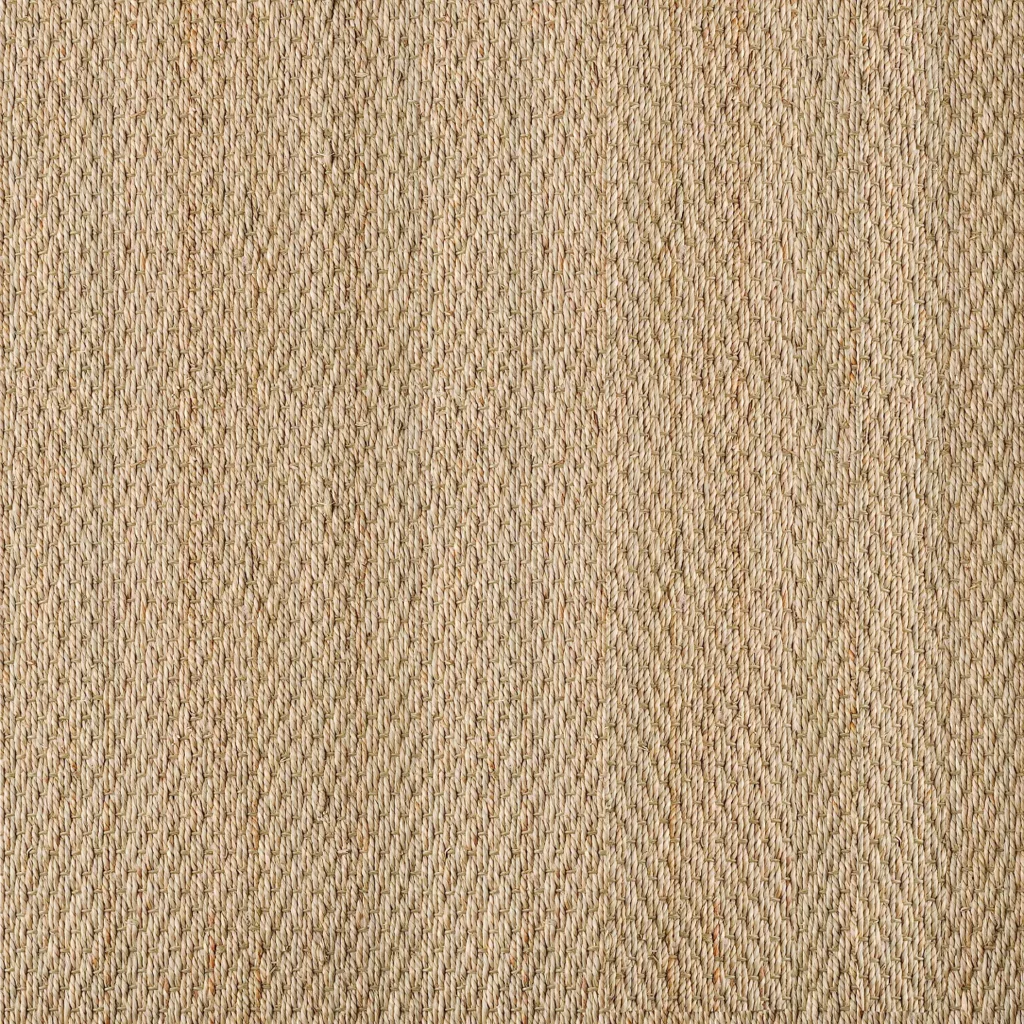

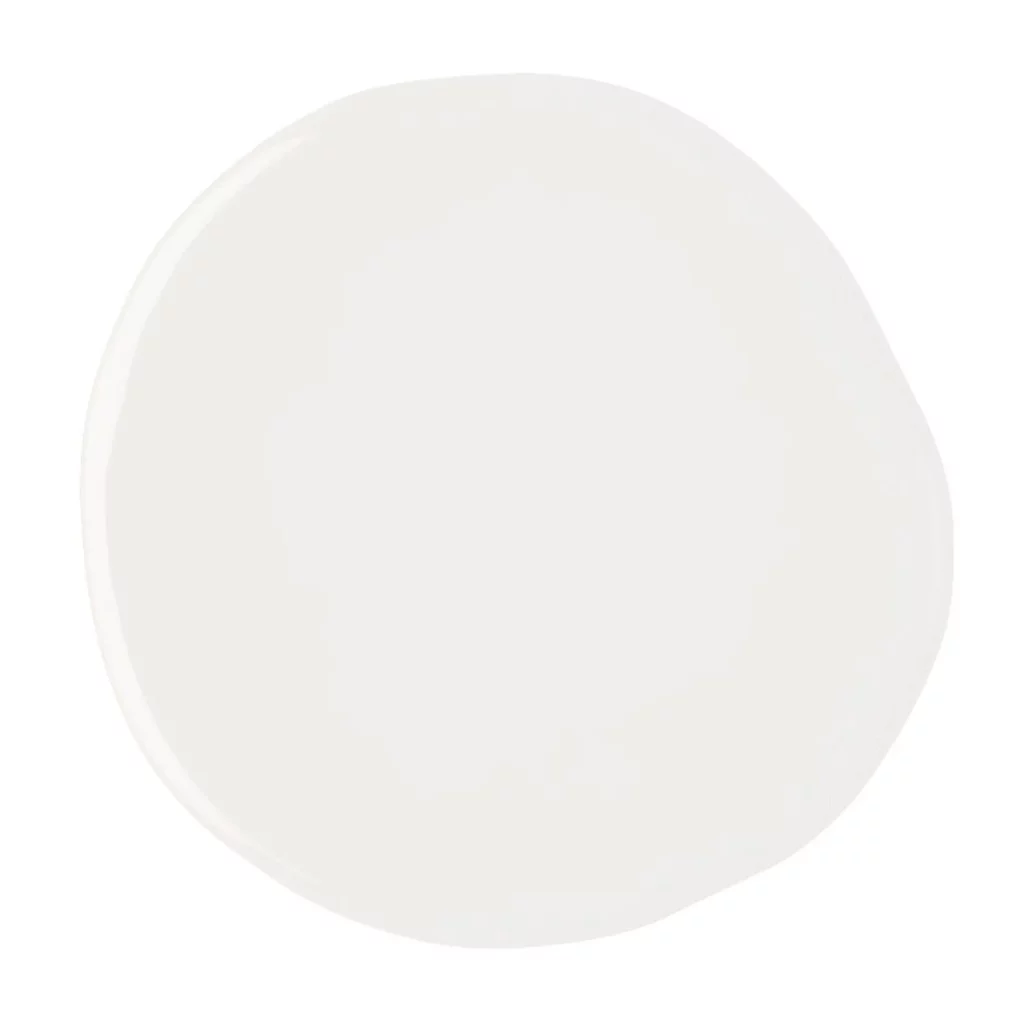
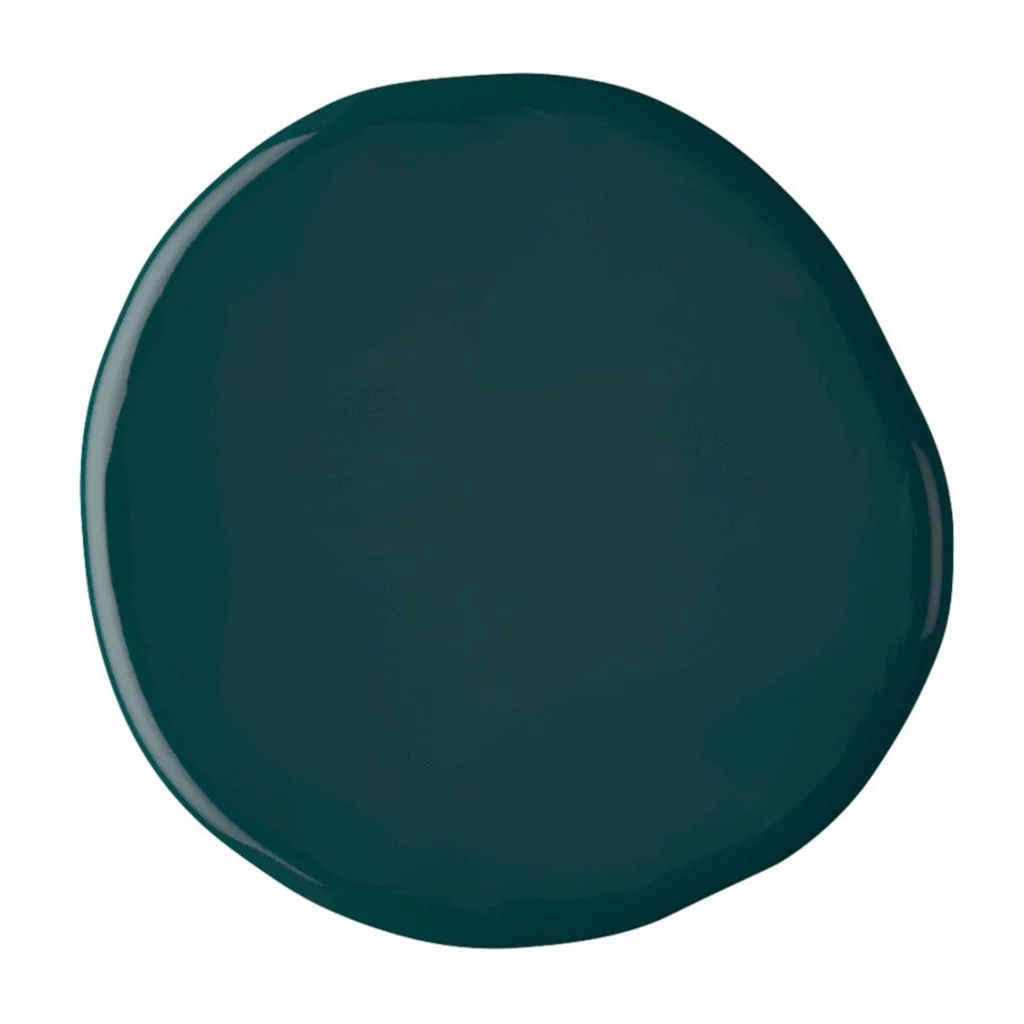


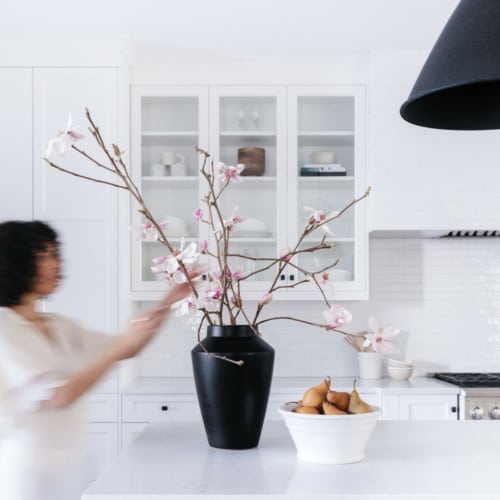
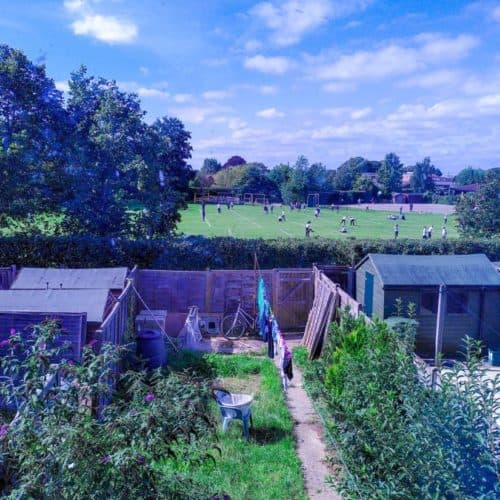
![Only a month late... Here are our Valentine's Day photos! 👩🏼❤️💋👨🏻😅
We've been on a bit of a Caribbean kick (say that 10 times!) since watching the One Love film about Bob Marley on Valentine's Day + @gazoakley's adventures in Jamaica on the YouTubezz. 🇯🇲
So far we've eaten at @turtlebayuk [apologies for the blurry photos, I took them before getting my new @fairphone!] and ordered from Pappy's Afro Caribbean Takeaway (don't think they're on Instagram)... Next step is to make it at home; any recipe recommendations? 😘
#PlantBased #JamaicanFood #CaribbeanFood #OneLove](https://jessicagoodenough.com/wp-content/plugins/instagram-feed/img/placeholder.png)